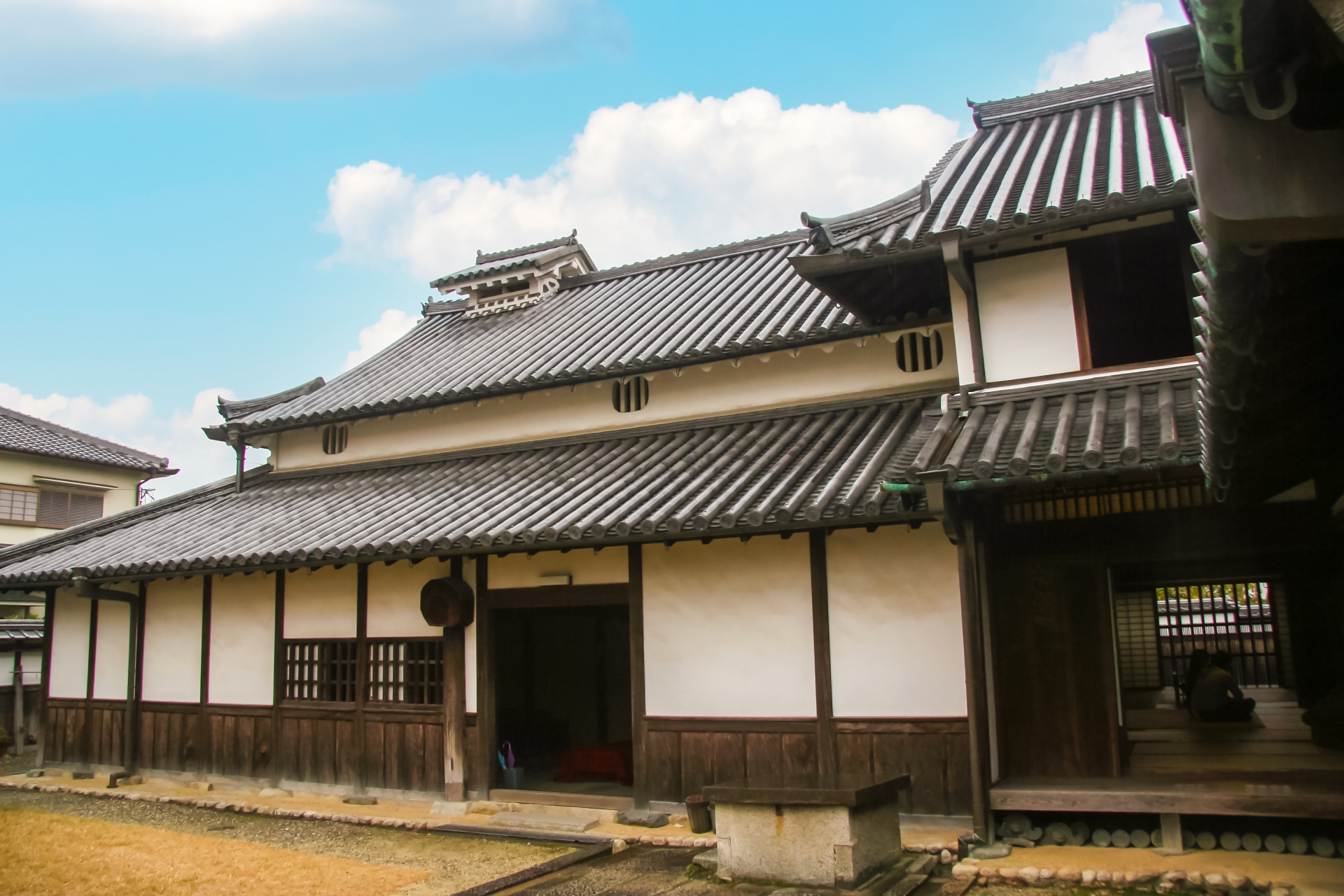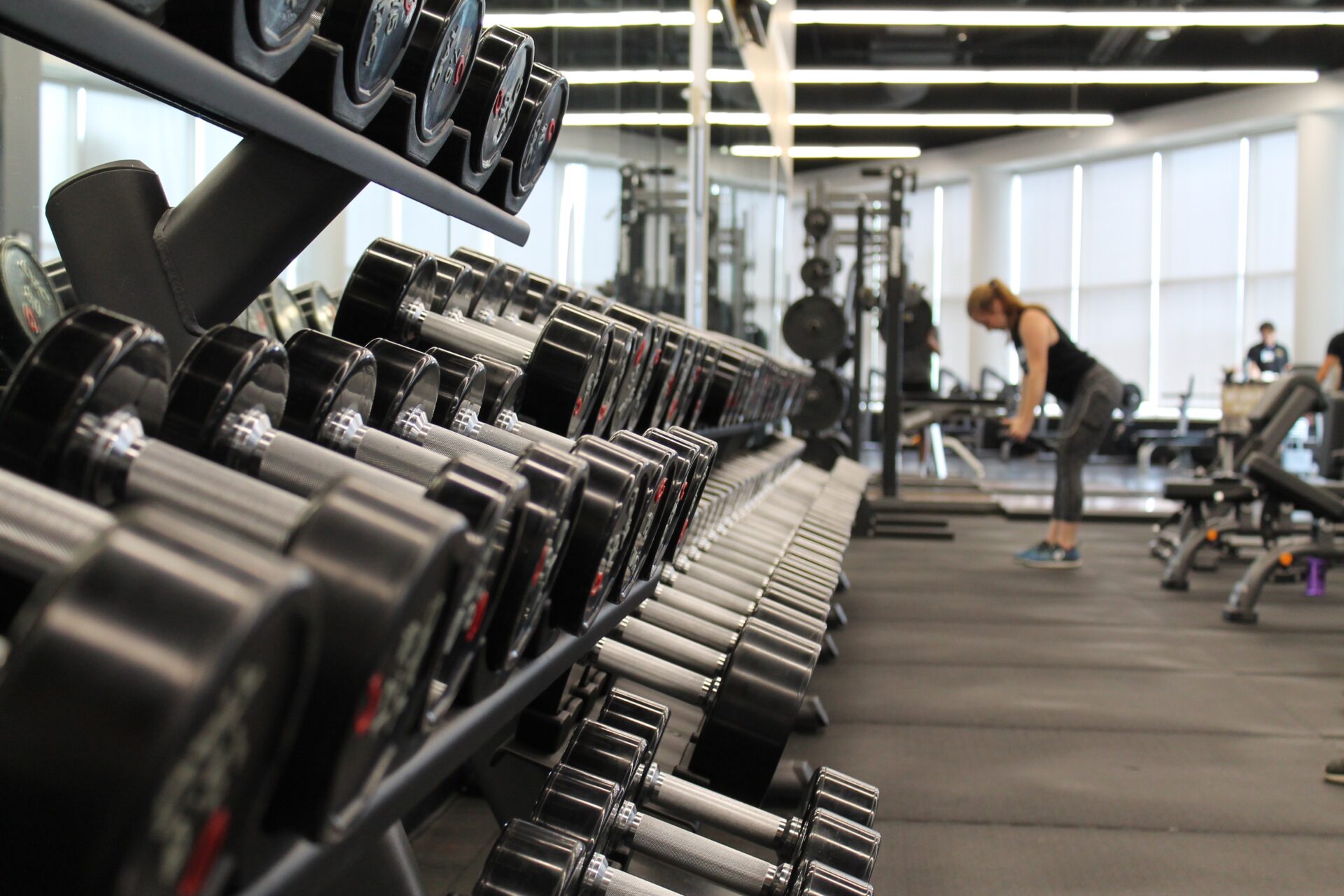One of the best parts of traveling is to see beautiful architecture that is specific to the region. The way a region’s buildings look really determines the atmosphere of a place. Just think about picturesque traditional villages, impressive castles, and fascinating modern architecture to see how true this is.
One of the most interesting traditional structures in Japan is the machiya. What are machiya? They are best described as Japanese traditional townhouses, and their history goes all the way back to the Heian Period. Let’s learn more about the history of machiya and how machiya are still used today!
History of Machiya
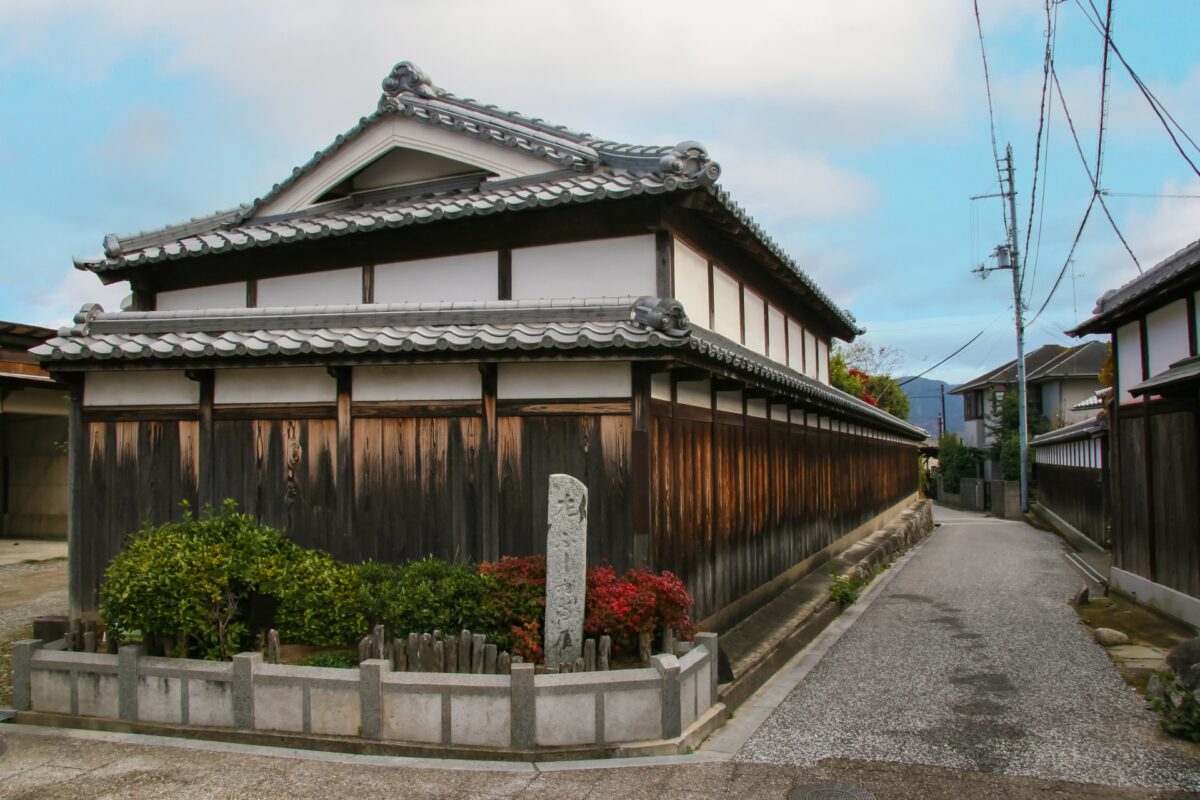
All throughout Japan, you can still find machiya, the traditional wooden row houses that you also often see in Japanese period dramas. Archeological research tells us that machiya were already around as far back as the Heian Period, during which machiya were commoners’ dwellings.
Throughout the centuries, the exact layout and function have developed so the appearance of machiya has changed. In the Edo Period, Japan finally emerged from a long time of civil wars and started to flourish economically and culturally. The merchant class rose in the ranks, but the reigning Shogunate quickly made laws that stated that their homes and stores could not display their prosperity, so machiya were kept simple and humble. During that time, the design of machiya also became long and narrow, because taxes were charged based on how broad the fronts of the buildings were.
The word ‘machiya’ is either written as 町家 which literally means ‘town house’ or as 町屋 which means ‘town shop’. Which kanji is used depends on the way the building is used, either as a residence or as a store.
The third type of machiya is a building where textile artisans lived and worked, and these machiya served a dual purpose as a home and a business. And when it comes to traditional housing, Kyoto’s machiya have a bit of a special position. As Kyoto was spared from the fire bombings in WW2, the old capital has by far the largest concentration of machiya in Japan. The clusters of machiya are one of the main reasons why Kyoto is considered one of the most beautiful cities in the world, as they exude a charming, traditional atmosphere. Most of the machiya that you can still see in Kyoto today date back to the Meiji Period.
Preservation of the Old Cityscape

Nowadays, buildings can only be classified as true machiya if they were built before 1950 and built with certain traditional carpentry techniques that are no longer allowed due to building safety codes. This is also what makes authentic machiya rarer and rarer every year. Unfortunately, most machiya in Japan have been destroyed in fires and WW2, and after the war, many machiya in Kyoto have been demolished because of the desire to modernize the city.
Thankfully, preservation efforts have been made in the last few decades by citizens who understand the value of machiya to the cityscape. So in Kyoto, you can still see neighborhoods that are rich in original machiya while in some other Japanese cities there are small preserved areas or single buildings where you can still get a taste of Japan’s architectural past. Nowadays, many machiya have been repurposed as cafes, restaurants, shops, and accommodations.
Machiya Cafes
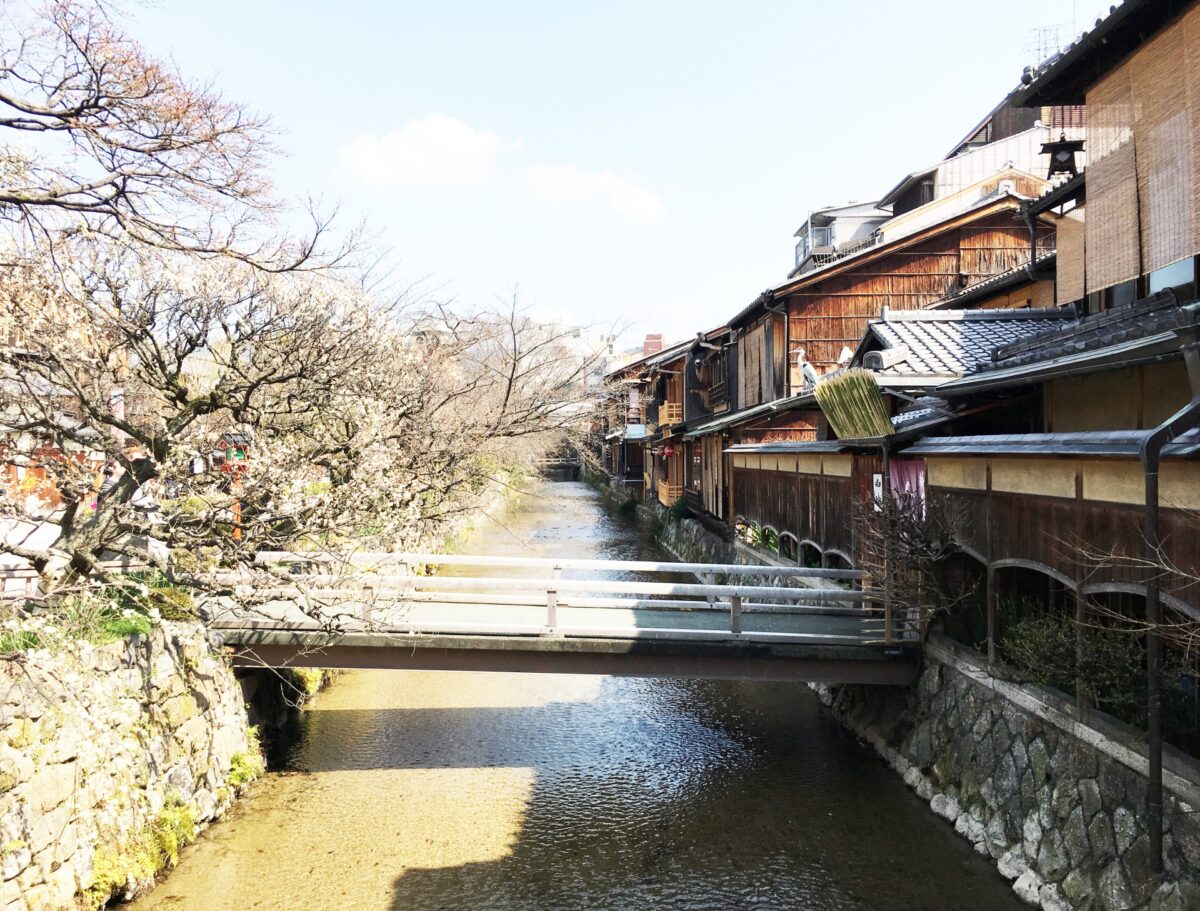
What is nicer than enjoying a cup of tea or coffee in a traditional Japanese cafe that is housed in a machiya? In Kyoto, there are a few machiya that have been turned into cozy cafes. Here are a few of our favorite machiya cafes:
- Yojiya Cafe Ginkakuji: Having been in business for more than 100 years, you can really feel the history while enjoying a hot drink and traditional sweets. Conveniently located near the beautiful Ginkakuji temple on the Philosopher’s Path, you can combine a visit with sightseeing.
- Ichikawaya Coffee: Serving delicious coffee and modern snacks like bread rolls and fruit sandwiches in a 200-year-old machiya, this coffee house combines modernity with a traditional atmosphere. It is located near the popular Kiyomizudera temple and has a garden as a bonus.
- Cafe Bibliothic Hello!: Book lovers won’t want to miss this trendy book cafe near Kyoto Gyoen. There is a varied menu for drinks and snacks, and it is easy to just while away some time either solo or with a companion.
Machiya-style Accommodations
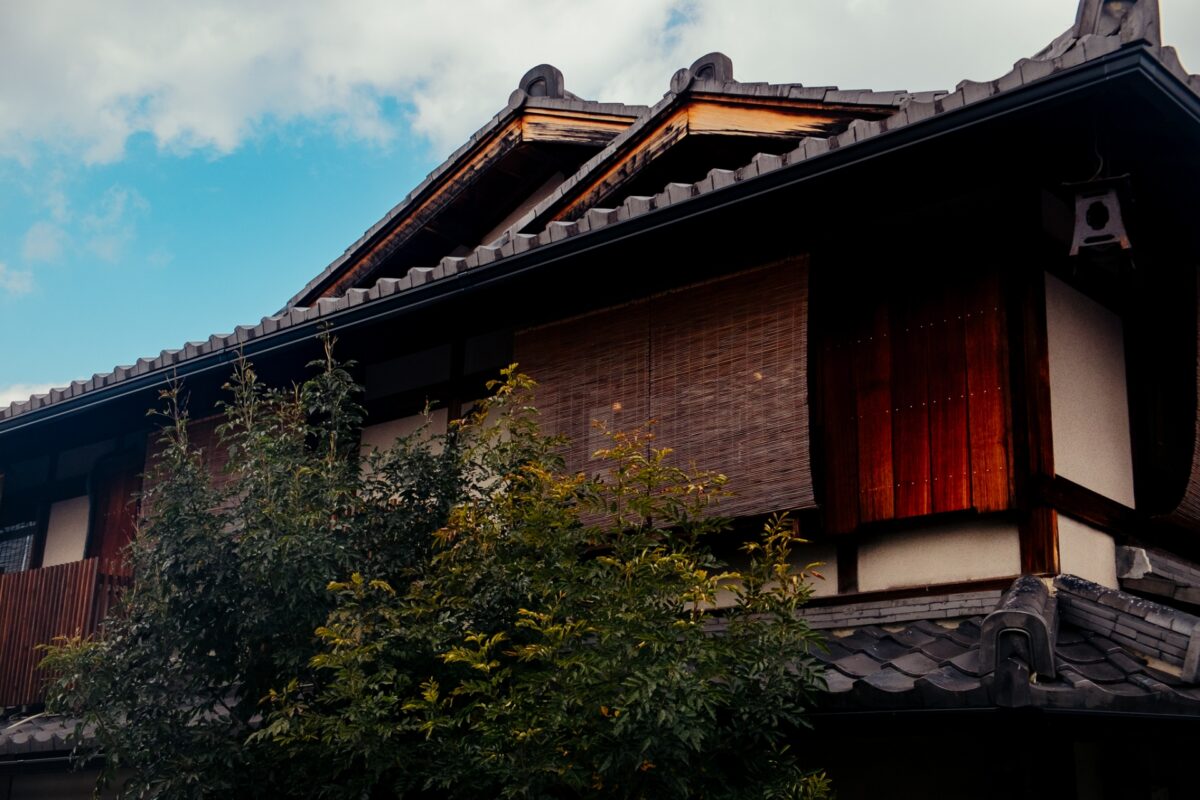
Do you want to experience the atmosphere of a machiya a bit more intensely and extensively? Then why not stay in one for one or multiple nights? Here are a few machiya accommodations that we whole-heartedly recommend to those who are looking for cozy accommodations in Kyoto and Kanazawa:
Suo An Machiya House: Located in the heart of Kyoto, this accommodation is full of atmosphere and boasts a comfortable hot tub with a view of the small garden. You can sleep on traditional futons or opt for a western-style bed.
Kyoto Machiya Stay En Especially attractive for families, this machiya accommodation exudes a nostalgic feel and offers plenty of space for rest and relaxation.
Hinaya Higashiyama Machiya House: This machiya accommodation in Kanazawa is located in the heart of the city’s traditional area, making it the ideal base to discover Kanazawa’s popular attractions from. The house has a traditional look but is equipped with all modern amenities to make your stay comfortable.
Living in a Machiya
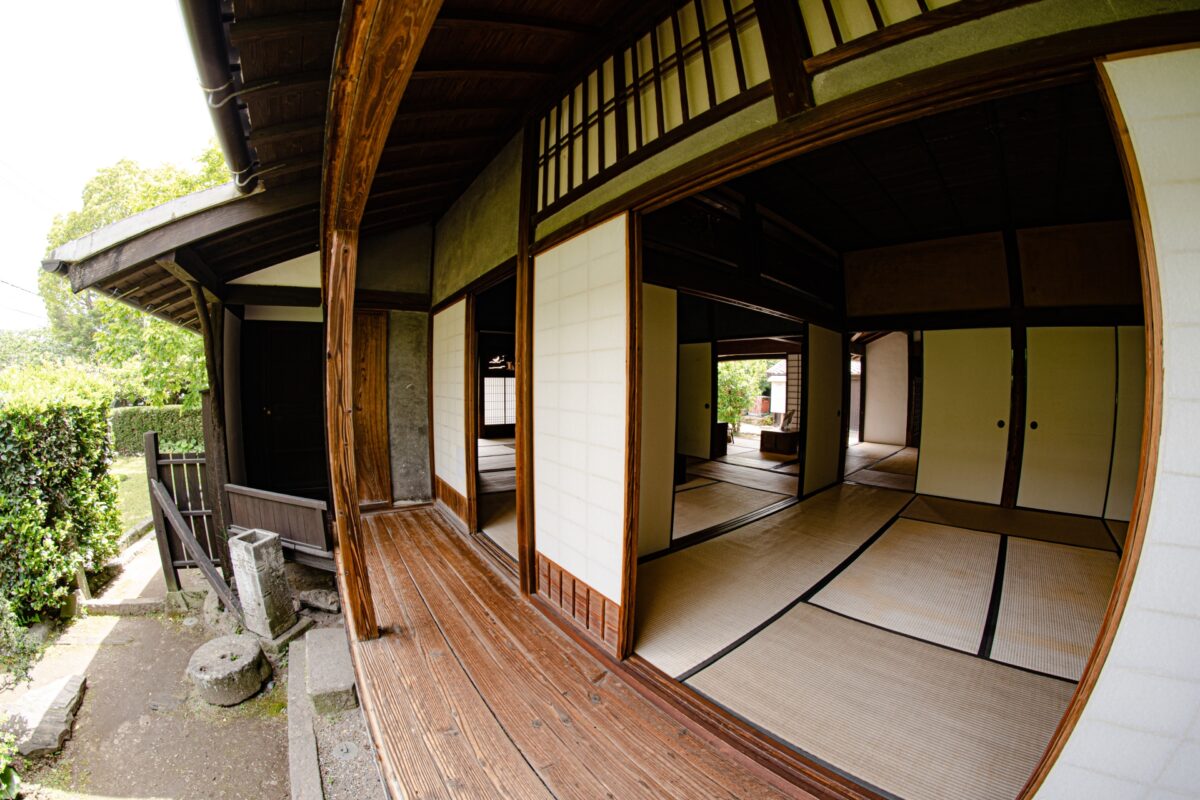
For those who simply can’t get enough of the cozy atmosphere of machiya, it is actually possible to live in one. In fact, at any point in time, there are machiya for sale in mainly Kyoto. Some of these residences are in acceptable condition, but many of them require extensive renovations to make them habitable. So before you would buy a machiya for yourself, it is prudent to budget for necessary reconstruction and remodeling and then some more for regular upkeep. It is good to realize that machiya weren’t built with great insolation, meaning that it will be costly to keep the temperature comfortable and the sounds from outside are quite audible. If you are OK with these drawbacks, then you will likely love making one of these lovely homes that breathe tradition and nostalgia your own.
Of course, if you don’t want to or are unable to deal with the hassle of buying a property like this, you can also go for the convenience of renting a ready-to-move-in machiya. The easiest way would be to go through a specialized agency and go for a monthly rental to minimize your financial risks.
Japan Wonder Travel Tours
Japan Wonder Travel is a travel agency that offers guided tours throughout Japan.
From private walking tours to delicious Food and Drink tours, we can help you organize the best tours just for you! If you want to explore Japan and learn more about the history and backstories of each area you are visiting, our knowledgeable and friendly English speaking guides will happily take you to the best spots!
In addition, we can provide you with any assistance you may need for your upcoming trip to Japan, so please feel free to contact us if yu have any questions or need some help!
▶Tokyo Tsukiji Fish Market Food and Drink Tour
Explore the most lively and popular fish market in Tokyo and try some of the local’s favorite street foods and sake with one of our friendly and knowledgeable English speaking guides!

▶Tokyo 1–Day Highlights Private Walking Tour (8 Hours)
There’s no better way to explore an area than taking a tour with a knowledgeable local guide. You will have the chance to learn about the history and interesting background stories of Tokyo, as well as discover some hidden gems which can be hard to do without a guide.

▶Mt. Fuji Day Trip Bus Tour from Tokyo
Experience the breathtaking views of Mt. Fuji by visiting the highlights of the area on our guided sightseeing bus tour! Departing from Shinjuku in central Tokyo, you can travel comfortably to all of the best spots in the area by bus.

Follow us on Instagram, Facebook, and Twitter for more travel inspiration. Or tag us to get featured!
Happy traveling!
Other articles you might be interested in

Stefanie Akkerman moved from the Netherlands to Japan in 2013 with her Japanese husband and son. She jumped into the niche of Dutch tour guiding in Tokyo and Kamakura in 2015 and occasionally writes articles about all the great sights and activities Japan has to offer. She loves (Japanese) food, and to work that all off she goes diving, snorkeling, cycling, or hiking.
This post may contain some affiliate links. When you click through and make a purchase we may receive some commission, at no extra cost to you.
